Filter by
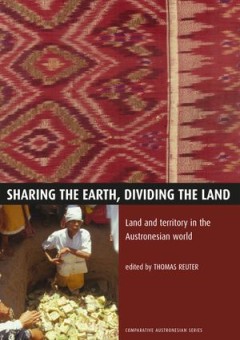
Sharing the Earth, Dividing the Land: Land and territory in the Austronesian …
This collection of papers is the fifth in a series of volumes on the work of the Comparative Austronesian Project. Reflecting the unique experience of fourteen ethnographers in as many different societies, the papers in this volume explore how people in the Austronesian-speaking societies of the Asia-Pacific have traditionally constructed their relationship to land and specific territories. Foc…
- Edition
- -
- ISBN/ISSN
- 9781920942700
- Collation
- -
- Series Title
- -
- Call Number
- 301 REU s

Scholars at War: Australasian Social Scientists, 1939–1945
Scholars at War is the first scholarly publication to examine the effect World War II had on the careers of Australasian social scientists. It links a group of scholars through geography, transnational, national and personal scholarly networks, and shared intellectual traditions, explores their use, and contextualizes their experiences and contributions within wider examinations of the role of …
- Edition
- -
- ISBN/ISSN
- 9781921862502
- Collation
- -
- Series Title
- -
- Call Number
- 301 SCH s
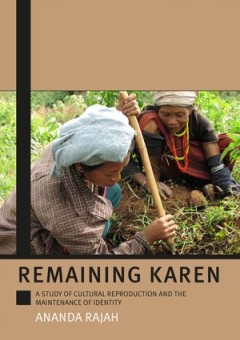
Remaining Karen: A Study of Cultural Reproduction and the Maintenance of Iden…
This publication of Remaining Karen is intended as a tribute to Ananda Raja and his consummate skills as an ethnographer. It is also a tribute to his long-term engagement in the study of the Karen. Remaining Karen was Ananda Raja’s first focused study of the Sgaw Karen of Palokhi in northern Thailand, which he submitted in 1986 for this PhD in the Department of Anthropology in the Research Sc…
- Edition
- -
- ISBN/ISSN
- 9781921536113
- Collation
- -
- Series Title
- -
- Call Number
- 301 RAJ r
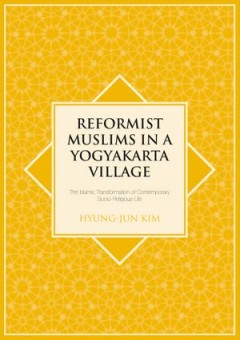
Reformist Muslims in a Yogyakarta Village: The Islamic Transformation of Cont…
This study examines the religious life of reformist Muslims in a Yogyakarta village. The foci of this discussion are on Muslim villagers’ construction, with the help of the reformist paradigm, of the image of the ‘good Muslim’ and ‘Muslim-ness’, on their efforts to incorporate an (reformist) Islamic framework to question taken-for-granted practices and ideas, on the position of tradit…
- Edition
- -
- ISBN/ISSN
- 9781920942359
- Collation
- -
- Series Title
- -
- Call Number
- 297 KIM r
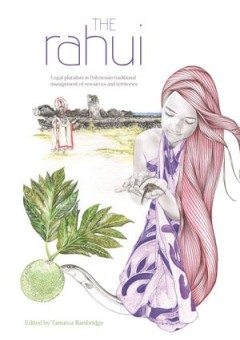
The Rahui: Legal pluralism in Polynesian traditional management of resources …
This collection deals with an ancient institution in Eastern Polynesia called the rahui, a form of restricting access to resources and/or territories. While tapu had been extensively discussed in the scientific literature on Oceanian anthropology, the rahui is quite absent from secondary modern literature. This situation is all the more problematic because individual actors, societies, and stat…
- Edition
- -
- ISBN/ISSN
- 9781925022919
- Collation
- -
- Series Title
- -
- Call Number
- 301 BAM r
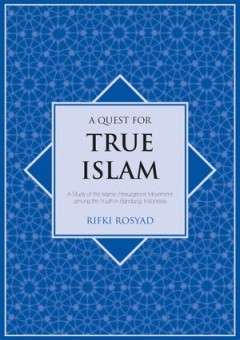
A Quest for True Islam: A Study of the Islamic Resurgence Movement among the …
This study presents the contemporary Islamic resurgence movement among young people in Bandung Indonesia, focusing on its emergence, development and routinisation. It traces various factors and conditions that contributed to the emergence of the movement. It also tries to explain how and why young people (students in particular) turn to Islam, and how the movement is organised and developed amo…
- Edition
- -
- ISBN/ISSN
- 9781921313080
- Collation
- -
- Series Title
- -
- Call Number
- 297 ROS q

The Promise of Prosperity: Visions of the Future in Timor-Leste
For the people of Timor-Leste, independence promised a fundamental transformation from foreign occupation to self-rule, from brutality to respect for basic rights, and from poverty to prosperity. In the eyes of the country’s political leaders, revenue from the country’s oil and gas reserves is the means by which that transformation could be effected. Over the past decade, they have formulat…
- Edition
- -
- ISBN/ISSN
- 9781760462529
- Collation
- -
- Series Title
- -
- Call Number
- 301 PRO p
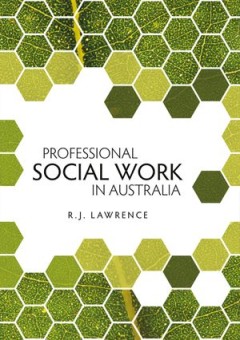
Professional Social Work in Australia
This is an unchanged republication of the first historical account of the social work profession in Australia. It traces the development of social work education and professional social work in the larger, more industrialised societies overseas before the same developments began in Australia in the late 1920s, and it notes the part played by overseas influence in the subsequent 30-odd years. Th…
- Edition
- -
- ISBN/ISSN
- 9781921934278
- Collation
- -
- Series Title
- -
- Call Number
- 302 LAW p
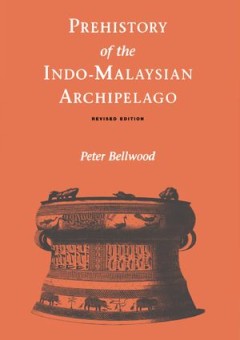
Prehistory of the Indo-Malaysian Archipelago: Revised Edition
Since its publication in 1985, Peter Bellwood’s Prehistory of the Indo-Malaysian Archipelago has been hailed as the sole authoritative work on the subject by the leading expert in the field. Now that work has been fully revised and includes a complete up-to-date summary of the archaeology of the region (and relevant neighboring areas of China and Oceania), as well as a comprehensive discussio…
- Edition
- -
- ISBN/ISSN
- 9781921313127
- Collation
- -
- Series Title
- -
- Call Number
- 301 BEL p
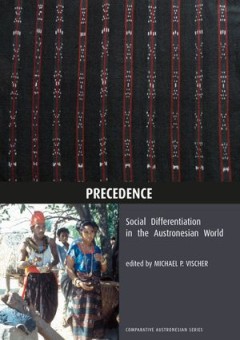
Precedence: Social Differentiation in the Austronesian World
This collection of papers is the sixth volume in the Comparative Austronesian series. The papers that comprise this volume examine the concept of precedence as a form of local discourse and as a mechanism for ordering status, at different levels, within specific Austronesian-speaking societies. This is the first volume of its kind to focus entirely on precedence and to provide an explication of…
- Edition
- -
- ISBN/ISSN
- 9781921536472
- Collation
- -
- Series Title
- -
- Call Number
- 301 VIS p
 Computer Science, Information & General Works
Computer Science, Information & General Works  Philosophy & Psychology
Philosophy & Psychology  Religion
Religion  Social Sciences
Social Sciences  Language
Language  Pure Science
Pure Science  Applied Sciences
Applied Sciences  Art & Recreation
Art & Recreation  Literature
Literature  History & Geography
History & Geography